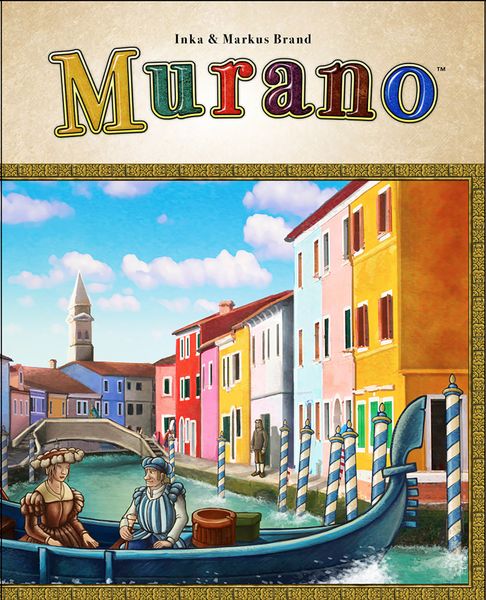Murano (2014) Board Game
Murano is a board game designed by Klemens Franz and was released in in 2014. The game is set in Venice during the Renaissance period, where players act as glassmakers on the island of Murano, creating intricate glass pieces to earn points and influence within the city.
Game Components of Murano
How To Setup Murano
Gameplay Mechanics and Game Objective
In Murano, players take turns placing action discs on different spaces to collect resources, create glass pieces, and earn points. The game revolves around managing resources efficiently and strategically placing glass pieces to maximize points. The objective is to have the most points at the end of the game through creating valuable glass pieces and gaining influence within the city.
Player Experience
#
Pros
#
Cons
Personal Thoughts on Murano
Murano is a visually stunning game with deep strategic gameplay that will appeal to fans of city-building and economic games. The components are of high quality, adding to the overall gaming experience. While the learning curve may be a bit steep for newcomers, the game offers a rewarding experience once players grasp the mechanics. The pricing and availability of the game may vary, but it can be worth the investment for those who enjoy complex strategy games. However, players who prefer lighter games or those looking for a quick gameplay experience may want to skip Murano. Overall, Murano is a solid choice for gamers looking for a challenging and immersive board game experience.
Game Components of Murano
How To Setup Murano
To set up the game, eight ships are laid out on the “action roundel” surrounding the board. Each player starts with 5 gold and 5 gondoliers. The board is prepared with the islands of Murano, ready for players to begin building and managing their resources.
Gameplay Mechanics and Game Objective
Player Experience
**Murano** offers a tense and engaging experience, forcing players to make strategic decisions about which actions to take and how to manage their resources. The game is mechanically rich, with multiple paths to victory, providing high replayability. Players must navigate the challenge of competing for actions and resources while adapting their strategies as new character cards are drawn.
Pros
Cons
Personal Thoughts on Murano
**Murano** is ideal for fans of European-style board games who enjoy resource management and strategic planning. It is suitable for families and players who prefer indirect conflict, as it encourages thoughtful decision-making rather than direct competition. While it may take some time to learn, the game’s depth and variability make it a rewarding experience for those who appreciate complex yet engaging gameplay.
We are supported by our audience. When you purchase through links on our site, we may earn an affiliate commission, at no extra cost for you. Learn more.

